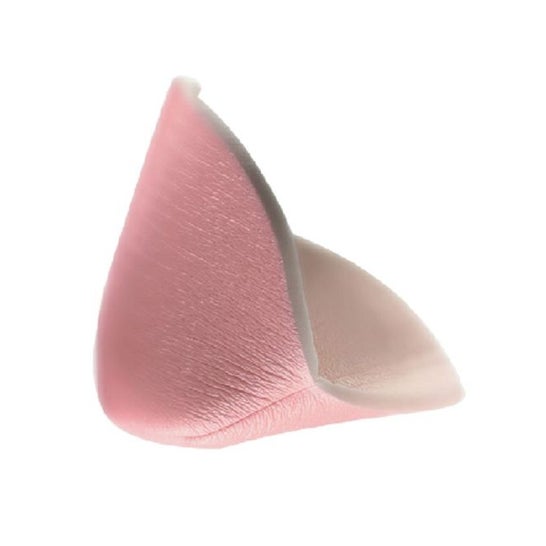Elbow and heel dressings provide a moist healing environment that promotes healing of moderate to highly exuding wounds. The shape adapts to complex locations. It is indicated for the management of superficial, flare-up, chronic and acute exuding wounds, as well as superficial to deep wounds, including: surgical wounds, first and second degree burns, donor sites, skin tears, fungal ulcers. Prevention of pressure ulcers on intact skin, including pressure ulcers caused by medical devices, as part of the pressure ulcer prevention protocol.
Allevyn Heel and Elbow Dressing 10uts
Adhesive hydrocellular elbow and heel dressings
Shipping in 24-72h
Description
Instructions for use
Clean the application site. The skin around the wound should be clean, dry and free of excess hair. Choose an appropriate dressing size. The absorbent pad should cover the entire wound or area to be protected. Remove the first part of the protective paper and apply the adhesive side of the dressing to the skin. Remove the rest of the protective paper. Smooth the dressing. Ensure that the absorbent pad covers the wound. Ensure that there are no folds that could compromise the seal. The dressing can be repositioned if necessary.
Composition
Upper layer: polyurethane film, Opsite TM semi-permeable, waterproof and bacterial film.
Intermediate layer: polyurethane foam, for rapid and controlled absorption of exudates.
Bottom layer: silicone adhesive, for atraumatic removal.
Unit price
Pharmaceutical Advice
Burns are damage and destruction to the integrity of the skin caused by heat, chemicals, electricity, sun exposure or other radiation energy. At the domestic level, the most common burns are caused by liquids, hot steam or contact with a surface at a high temperature. These burns can reach more or less deep layers and affect adjacent structures (hair follicles, sweat glands). Their extent can be variable. They are classified into different degrees depending on these factors (degree 1 being the most superficial and least serious).
In cases of mild, superficial and not very extensive, slightly red burns (for example, after exposure to the sun), intensely moisturise the skin with soothing and moisturising emulsions. Sunscreen will also be necessary to protect the area with a high SPF and appropriate clothing and accessories. Remember that sunburns are indicative of deep damage to the skin, with alterations to cellular DNA, so it is always best to avoid them by using sunscreen and being responsible with sun exposure.
Other types of minor burns can be relieved immediately by placing the area under cold water for a few minutes. Then, when the skin is dry, apply a soothing, antiseptic and regenerating ointment. The damaged area should be covered with sterile bandages or dressings with silver particles (with an antibacterial effect). It should also be protected from the sun to avoid post-inflammatory hyperpigmentation. If any more serious signs appear, such as malaise, fever, discharge from the affected area, blisters, pain or other signs of infection, consult a healthcare professional.
Safety and product information
Safety visual aids
At this time we do not have safety images for this product, but we are working on it. We encourage you to check back later for updates. In the meantime, we recommend that you read the safety information that comes with the product before using it. If you have any questions about safety, please do not hesitate to contact us. Also, if you wish, you can also return the product by following our terms and conditions.
Manufacturer details
At the moment we do not have the manufacturer's details, but we are working to add them as soon as possible. We invite you to check back later for updates. If you have any questions, please do not hesitate to contact us, we will be happy to help you.
RELATED SEARCHES ABOUT Bandages
New in Burns
- Calmidine Trolamina 6.7mg Emulsión 200g
- Epitact Parche Cicatrizante Para Quemaduras y Queloides 1ud
- Opsite Iv 3000 Aposito 10x14cm 50uds
- Halibut Quemaduras 60ml
- Roosin Burncare Relieve Burn Gel 10cmx10cm
- Furaderm Spray Quemaduras 100ml
- Akla First Aid For Burns Apósito Quemaduras 10x10cm 1ud
- Eupilen Quemaduras 50ml
- Be+ Med Quemaduras Tratamiento 40ml
- Dermaplast Effect Quemaduras Apósito Impermeable 68x43mm 8uds

